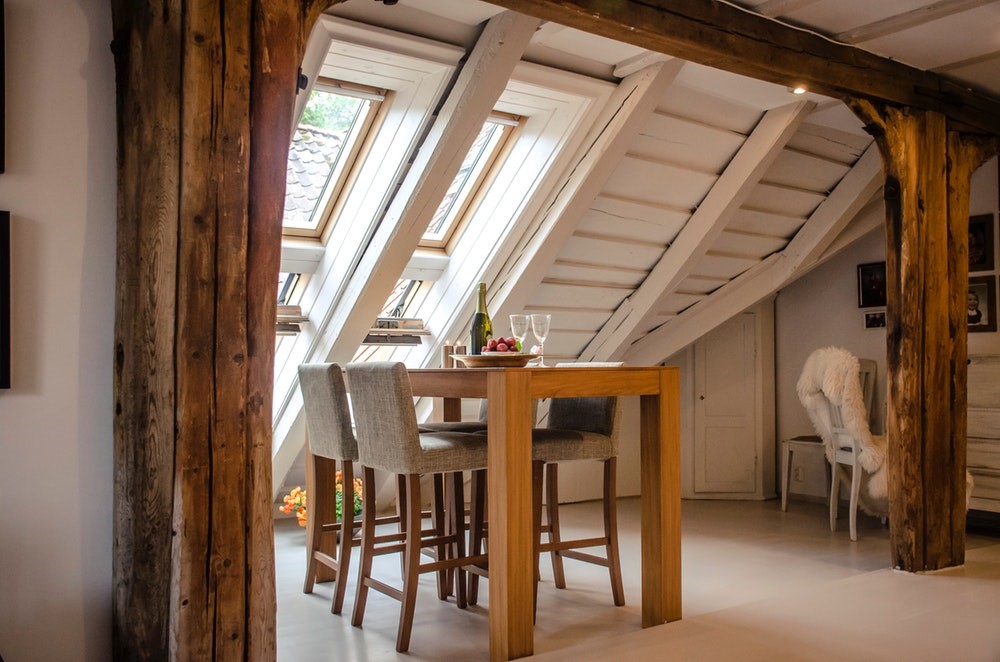 Would you spend just 20 minutes viewing a property that is going to be your home for many years? Some buyers do and live to regret it. Don’t remember the things you should have looked for after you have left, write a checklist of things to look at.
Would you spend just 20 minutes viewing a property that is going to be your home for many years? Some buyers do and live to regret it. Don’t remember the things you should have looked for after you have left, write a checklist of things to look at.
- Is there damp?
The main giveaway signs are a mouldy smell, flaky plaster, and watermarked walls or ceilings. It sounds obvious, but make sure you look closely near the ceiling and around the skirting boards. Another clue might be if the room has just been repainted – possibly hiding any damp.
- Is the building structurally safe?
If the house looks and feels solid and structurally sound you may not need a surveyor at all. Big cracks are what you are looking for, you should expect some hairline cracks. Look especially around where extensions join, end-of-terrace walls, and bay windows, all of which can start to fall or bow away from the rest of the house. If you see major cracks or have any doubts it might be worth getting a surveyor if only for peace of mind. If any walls look like they are seriously bowing, consider engaging a structural engineer.
- Is there enough storage?
Storage space is a valuable but often overlooked asset. Where will you keep your vacuum cleaner, towels, spare linen, and boxes of junk? Is there room for cupboards or shelves to be built in? Especially in newly built houses, storage space can be limited.
- Which way does the house face?
In winter, during a cloudy day or at night, it is difficult to tell the difference between a north and south facing house or garden, but in summer it can make the difference between a home that is full of light and warmth, and one that is frustratingly dark. Don’t be shy about taking a compass with you to the viewing, you might have one on your smart phone.
- Are the rooms big enough for your needs?
It has been known for sellers to put smaller furniture in the room and place it strategically to make the rooms look bigger.
- Have you been fooled by staging?
Cleverly placed mirrors, strategic lighting, delicious smells, cosy fires, and fresh licks of paint are all tricks sellers use to make their home more appealing. Make sure you don’t get fooled.
- Do the window frames have cracking paint? Is the double-glazing intact?
The state of the external window frames is a great indicator of the state of the house – if people look after those, they are likely to have taken great care of the rest. If you can easily push your finger into wooden window frame, they are usually rotten. If there is condensation between double-glazed window-panes it means that they are usually faulty.
- How old is the roof?
Replacing roofs is an expensive business, and newer roofs have a life expectancy of only 15-20 years, depending on the materials
Also, if the property has a flat or nearly flat roof, check out the material with which it sealed. Nowadays a membrane is used and is better than asphalt and gravel, which can leave seams and edges unsealed.
- Are there enough power points and what condition are they in?
Dodgy wiring can be dangerous, and rewiring your new home can be an expensive business. Also check out the fuse board, often an indication of the state of the wiring. Does it look old and outdated?
- Is the plumbing up to scratch?
Run the taps to check the water pressure. Ask if the pipes are insulated, and ensure they are not lead which would have to be replaced. Do the radiators actually work? How old is the boiler? If the hot water tank is situated in the roof it is probably an old one, and may have to be replaced soon.
- Is the property adequately sound-proofed?
If the sellers have the radio or television on ask for it to be turned down to ensure that you can’t hear your neighbours’ every word.
- What’s the loft like?
People often ignore the loft, but it is an important part of the house. How easy is it to access? Is there much storage space? Could it be converted into extra rooms? Is there insulation?
- What’s the area like?
Are you near a pub, bar or kebab shop that becomes rowdy in the evening?
Can you walk to shops to get a pint of milk, or do you have to drive?
Is it easy to get to public transport?
Are there noisy roads or train tracks nearby?
Are you underneath a flight path?
- Is there sufficient drainage in the area?
Check the whereabouts and levels of external drains. Are the drains accessible and are they fully functional? Keen gardeners may use lots of extra water which can cause severe structural problems for potential home improvements such as conservatories or patios. If you are concerned about insufficient drainage for a property you wish to buy, then get a structural survey.
And most importantly, does it feel like you could make it your home?
If you do like a property, arrange another viewing for a different time of day, and scout out the local area a bit more. If you can, take somebody with you who might be able to notice things you don’t.





 Would you spend just 20 minutes viewing a property that is going to be your home for many years? Some buyers do and live to regret it. Don’t remember the things you should have looked for after you have left, write a checklist of things to look at.
Would you spend just 20 minutes viewing a property that is going to be your home for many years? Some buyers do and live to regret it. Don’t remember the things you should have looked for after you have left, write a checklist of things to look at. Are you a landlord who would prefer to be more hands off? If so then a property management service might be the right option for you and your needs.
Are you a landlord who would prefer to be more hands off? If so then a property management service might be the right option for you and your needs.
